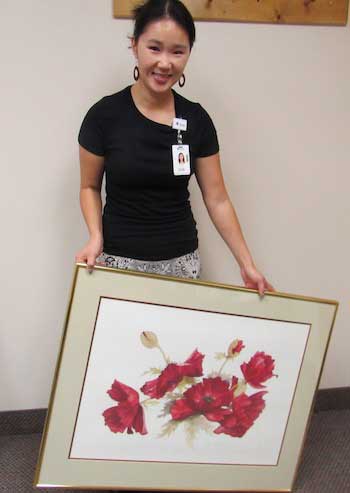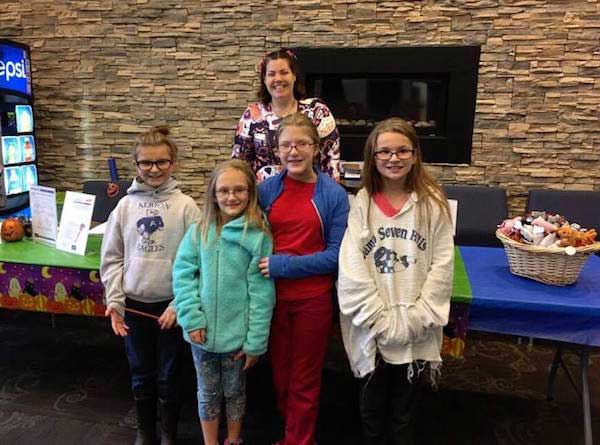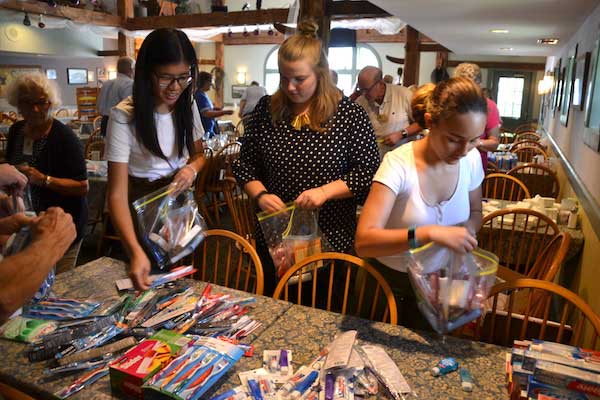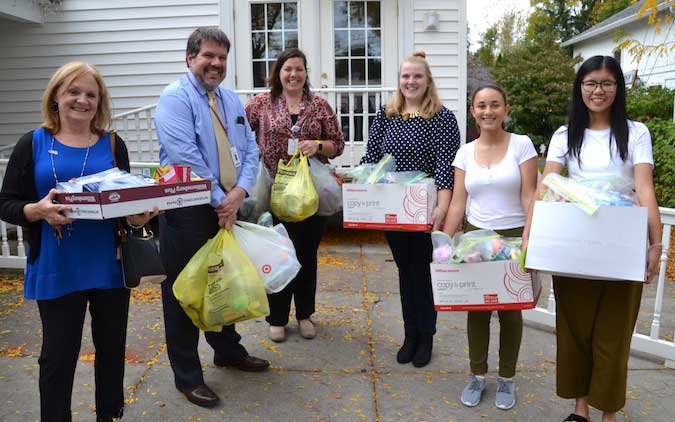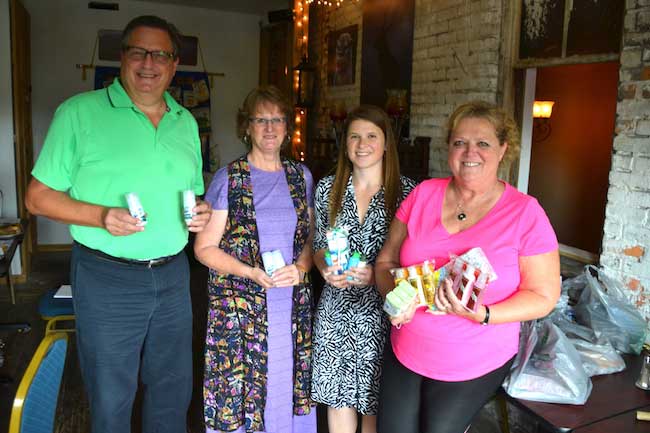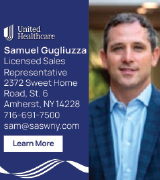Residents urged to take precautions against virus spread by mosquitos
By Nola Goodrich-Kresse, Public Health Educator and Public Information Officer for Genesee and Orleans Health Departments
Mosquitoes are usually considered a nuisance pest, but occasionally they can transmit viruses to people and some animals. In New York State, mosquitoes have been found to transmit Eastern Equine Encephalitis and the West Nile virus. Such viruses can cause serious illness and even death. While your chances of being infected with a disease through a mosquito bite are very small, there are measures you can take to reduce your risk of being bitten. This year WNV has been detected in both Genesee and Orleans counties.
Specifically, per the NYS Department of Health Statewide Mosquito-Borne Disease Activity Report an equine (horse or related animal), bird and human case have tested positive in Genesee County and an equine case in Orleans County.
West Nile Virus Disease is spread by the bite of a mosquito infected with the virus. Mosquitoes become infected when they feed on infected birds. The infected mosquitoes can then spread the virus to humans and other animals, such as horses. Vaccine is available to reduce the risk of horses contracting the virus. Unfortunately there is no vaccine for humans, taking the proper preventative actions to avoid getting bit are our best options.
In New York State, cases of WNV occur during mosquito season, which begins in the summer and continues throughout fall. Most mosquitoes are active between dusk and dawn when the air is calm. Sarah Balduf, Environmental Health Director of Genesee and Orleans counties, states that not all mosquitoes are able to transmit the virus.
“While there are about 70 different species of mosquitoes in the State, only certain species have been associated with WNV,” she said.
WNV is not spread through coughing, sneezing, touching live animals, or handling live or dead infected birds. It is strongly advised to avoid bare-handed contact when handling any dead animal. If you are disposing of a dead bird, use gloves or double plastic bags to place the carcass (body) in a garbage can.
Symptoms of WNV vary from person to person. Brenden Bedard, Director of Community Health Services of Genesee and Orleans counties, explains that only a small percentage of people infected with the disease will show symptoms.
“Most people infected, 70-80 percent, with WNV do not develop any symptoms,” he said. “It is estimated that 20 percent of the people who become infected will develop less severe symptoms including headache and body aches, nausea, fever, and occasionally a skin rash and swollen lymph glands. Symptoms of severe infections include (West Nile encephalitis or meningitis) can include headache, high fever, neck stiffness, muscle weakness, stupor, disorientation, tremors, seizures, paralysis, coma, and in some cases death.”
Symptoms of WNV usually appear within 3 to 14 days after being bitten by an infected mosquito. Health care providers diagnose WNV based on the patient’s clinical symptoms and laboratory diagnosis by testing blood or spinal fluids, which will show if the virus or antibodies against the virus are present in the person. Although there is no specific treatment for WNV, health care providers will usually attempt to relieve the symptoms of the illness. In severe cases, patients may need to be hospitalized and closely monitored.
When infected adult mosquitoes are spreading a virus to people, acting quickly can stop further spread and prevent more people from getting sick. By using multiple mosquito control methods at the same time, people and communities can help stop the spread of disease. The New York State Department of Health recommends the following:
• Cover your skin as completely as possible. Wear shoes and socks, long pants and a long-sleeved shirt when outdoors for long periods or when mosquitoes are more active.
• Use mosquito repellent, which should always be applied according to label directions. Do not let children apply mosquito repellent on himself or herself, and do not apply to the hands of small children.
• Apply insect repellent containing DEET, picaridin, or oil of lemon eucalyptus (the label may say citriodiol or p-menthane 3,8 -diol). Oil of lemon eucalyptus products should not be used on children under 3 years of age. Products containing permethrin kill insects that come in contact with treated clothing, and are for use on clothing only, not skin.
• Use as little repellent as you need, and avoid unnecessary repeat applications. Do not overspray. Apply repellent outdoors.
• Do not apply near eyes, nose or mouth and use sparingly around ears.
• After returning indoors, wash treated skin with soap and water.
• Cover baby carriers with mosquito netting when outside.
• Close doors and make sure open windows have screens on them.
• Limit use of perfumes and scents that would attract mosquitoes.
Mosquitoes lay their eggs in or near water, and their offspring “grow up” in water before emerging as adults that fly and bite. Therefore, mosquitoes can be controlled by controlling water. Many types of mosquitoes, including those that can transmit disease, lay their eggs in even small amounts of standing water around the home such as flowerpots, birdbaths and discarded tires. To reduce the mosquito population in and around your home, reduce or eliminate all standing water by following these steps:
• Dispose of tin cans, plastic containers, ceramic pots or similar water-holding containers.
• Remove all discarded tires on your property. Check with your local landfill or public works authorities to find out how to dispose of them properly.
• Remove all fallen leaves.
• Drill holes in the bottoms of recycling containers that are kept outdoors.
• Clean clogged gutters in the spring and fall. Make sure roof gutters drain properly.
• Turn over plastic wading pools and wheelbarrows when not in use. Make sure outside toys and play areas are clear of standing water.
• Change the water in birdbaths at least 2 times a week. Clean plants and debris from the edge of ponds.
• Clean and chlorinate swimming pools, outdoor saunas and hot tubs. Drain water from pool covers. Use landscaping to eliminate standing water that collects on your property.
For more information on the West Nile Virus, click here.
For more information on mosquitoes and diseases, click here.
Return to top
